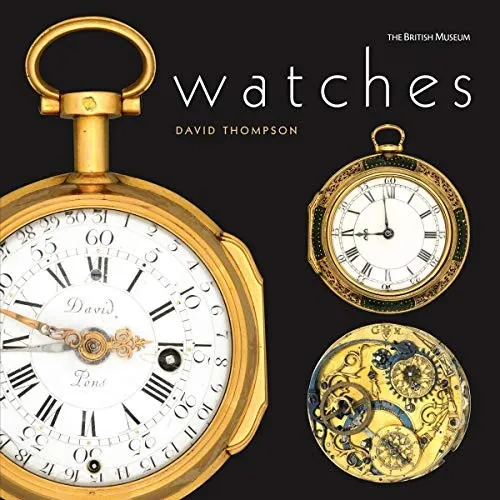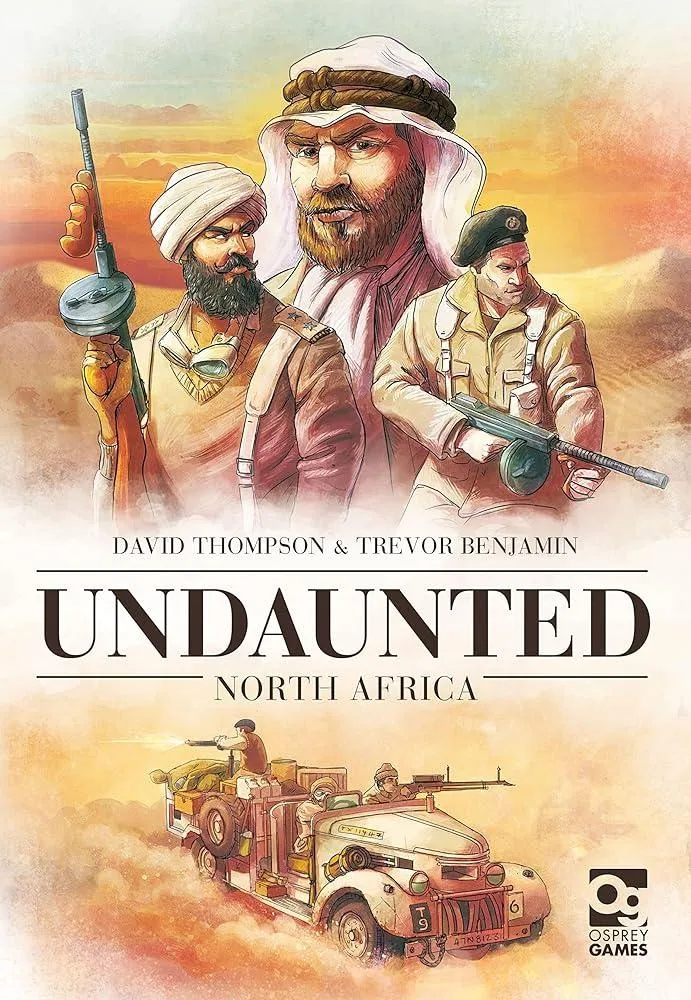
The British Museum watch collection is unsurpassed anywhere in the world, and tells the story of the watch which spans an incredible 500 years. Within the collection are examples ranging from sixteenth-century early stackfreed watches made in south Germany to exquisite decorative watches of the seventeenth century. Everyday watches from the eighteenth century and precision-made chronometers from the eighteenth and nineteenth centuries are included, as are examples from the modern era. All the major makers of Europe and America will be represented, including Thomas Tompion, whose reputation stretched far and wide even in his own time, and the Swiss-born Abraham Louis Breguet, who lived and worked in Paris supplying the best that money could buy to the crown heads and aristocratic families of the western world. In contrast to the high precision of the horological giants, the Museum has a growing collection of wristwatches, including those with automatic winding systems. There are also extensive collections of pin-pallet lever watches made for the mass market during the nineteenth and twentieth centuries by companies such as Waterbury and Ingersoll. The collections are brought up to the minute with the inclusion of early examples of electro-mechanical watches and the quartz revolution.
David Thompson
David Thompson was a Canadian explorer and cartographer known for his meticulous mapping of the North American wilderness. His most famous work, the "Thompson's Narrative," detailed his extensive travels and discoveries in the uncharted territories of the Canadian Rockies. His precise observations and detailed maps continue to be invaluable to geographers and historians.


